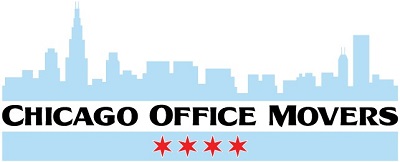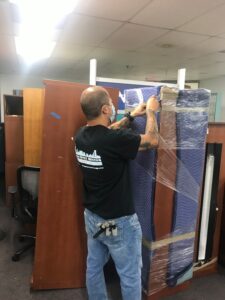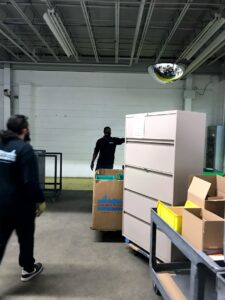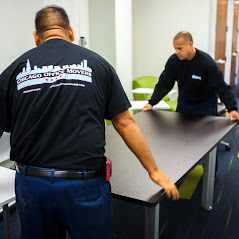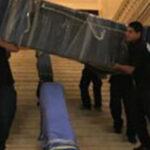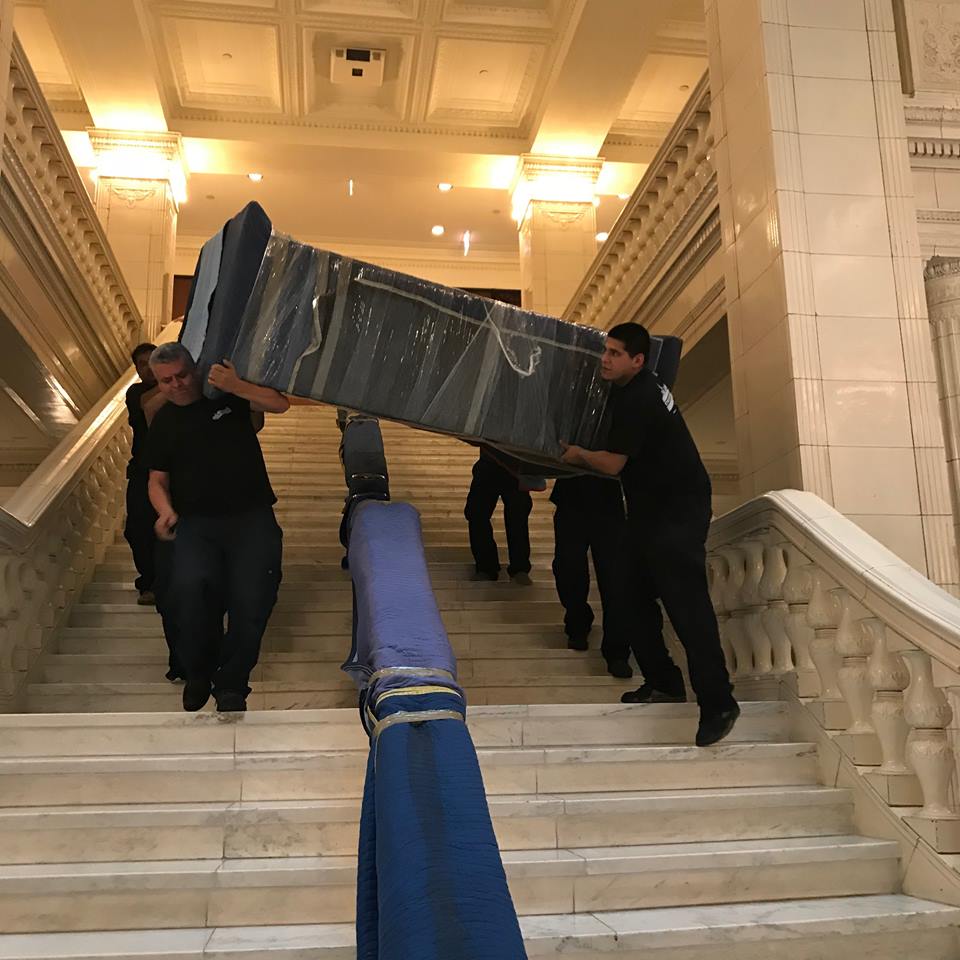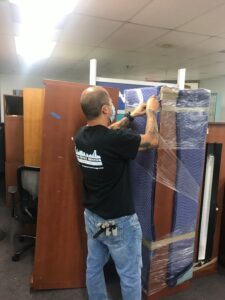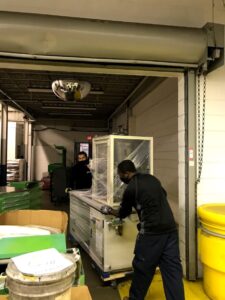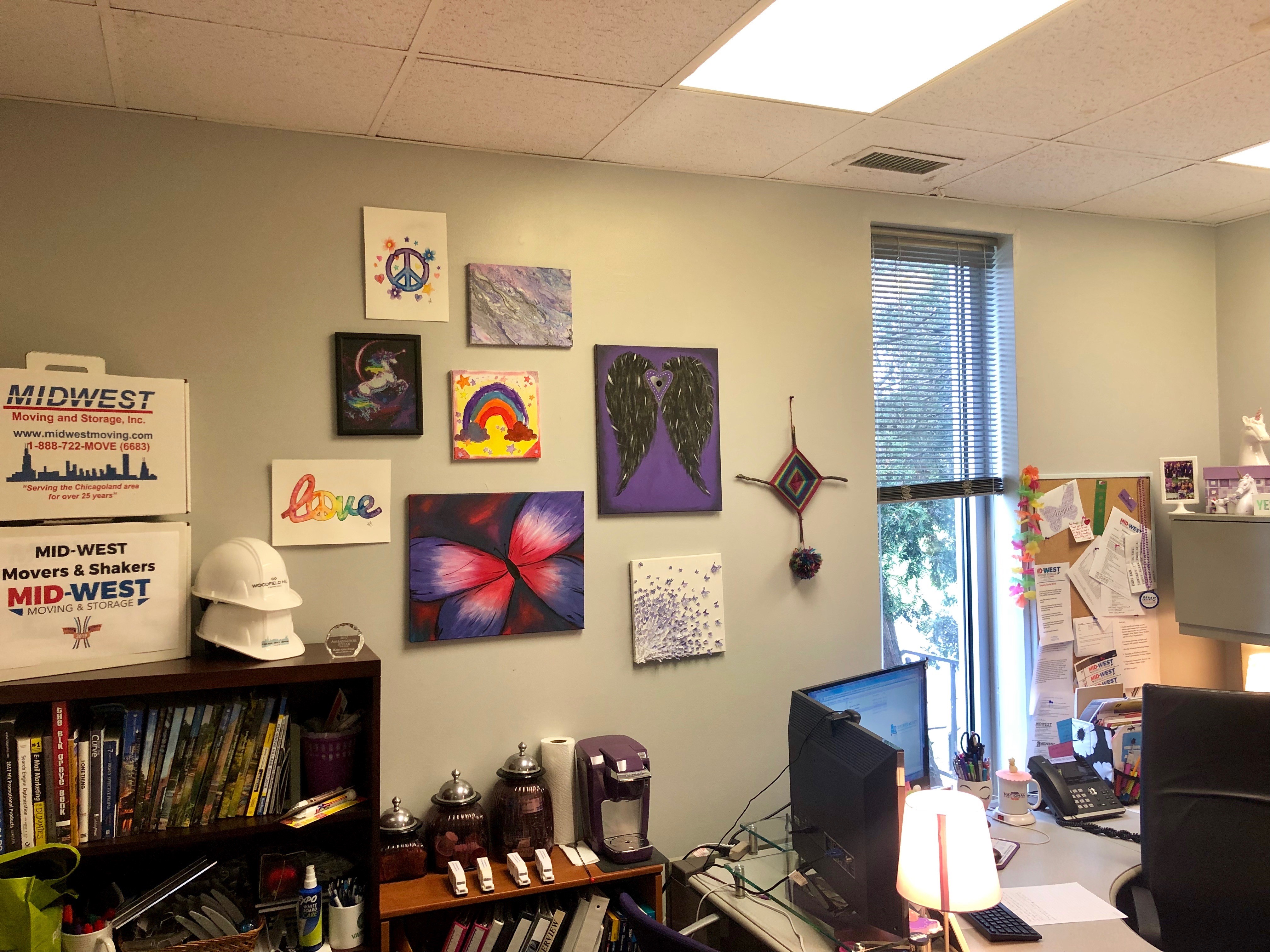
The Complete Guide for Out of State Office Relocation
The Complete Guide for Out of State Office Relocation
Written by Kari-Ann on . Posted in Long Distance, Moving Tips, Office Moving

Thriving businesses will have a need to upgrade facilities or relocate to a bustling hub in order to keep up with explosive growth. An office relocation is an exciting event. But insufficient planning can produce unnecessary stress. Follow this guide for out-of-state moves and relocate with ease.
An efficient and quick relocation is key to minimizing downtime and maintaining customer and employee satisfaction. Crossing state lines with a business in tow, however, is a daunting task. Coordinate logistics well in advance in order to return full speed to business operations.
1. Review the Current Lease
Six months prior to the office relocation, examine the current commercial property lease. Exiting the building sooner may result in losing the deposit. Be aware of any responsibility for costs associated with property damages (i.e., broken light fixtures or chipped paint) sustained during the move.
2. Look for Commercial Movers
Obtain quotes from at least three professional, full-service office movers. Experienced commercial movers improve the likelihood of an efficient and successful relocation across state lines. Opting for a low-cost mover with less handling experience could cost the business significantly more in the long run.
3. Create a Relocation Budget
Develop a relocation budget to deter overspending. Scale back on expenses (i.e., employees pack items, rather than movers). Consider moving coverage, especially if the business heavily relies on important machinery or equipment. Machinery that breaks during the relocation could halt business operations.
4. Designate a Moving Committee
Assemble a team of employees to execute the relocation. A moving committee made up of volunteers may be responsible for planning, packing, unpacking, and organizing. Appoint a move coordinator to ensure that employees have a point of contact for questions and concerns.
5. Notify Important Contacts
With the logistics in place, the moving committee should announce the upcoming relocation. Notify employees, partners, vendors, and customers about the move date. Provide the new office address and contact information to everyone who will be affected by a change in the business location.
For example, send the new business address to banks and financial institutions, phone company, insurance company, internet service provider, and printer service company. Also keep any professional organizations in the loop about when the new business address will go into effect.
6. Offer Relocation Program
Prepare employees in advance by arranging relocation bonuses and pay adjustments. Include site visits so that staff have the opportunity to scout schools and tour the new community. Offer reimbursements for moving expenses, like home buying, transportation, or temporary living.
7. Obtain the New Floorplan
In preparation for moving all equipment and furniture, obtain a detailed floorplan of the new office space. Plan the layout for existing furniture that will be transported to the new location. If necessary, consult a furniture company to purchase new office furniture.
8. Work with IT
Work with the IT personnel to devise a plan to set up computers and technology in the new space. If the IT team is unable to tackle the task, consult outside professionals. IT personnel should also be assigned to pack up company-provided employee laptops, monitors and other IT equipment.
Seek professional help for office equipment that requires special handling, such as complex machinery that must be disassembled or potentially hazardous materials. Moving companies will not transport flammable goods, like propane tanks, aerosols, or acids, so dispose of them prior to the relocation.
9. Pack Office Goods
Rather than utilize professional packing services, budget-conscious companies may elect to save on moving costs by instructing employees to pack their office goods. When pursuing a DIY route, provide employees with an ample supply of sturdy cardboard boxes, packing tape, and labels.
Important documents can get lost during the shuffle of a major office relocation. Or, unanticipated obstacles at the new office can delay booting up right away. Prevent the loss or damage of correspondence and paperwork by creating electronics backups prior to the move.
10. Confirm Utilities Work
On moving day, the professional movers will load the office goods onto their trucks. Before the last pieces of office equipment are loaded, confirm with the utility company that all power, internet and water are working at the out-of-state office location.
11. Install Equipment
Once the moving truck arrives at the new office, refer to the floorplan devised earlier to lay out the furniture and equipment. Work with the commercial movers to install the office equipment. Test that the technology, such as Wi-Fi, cable, phones, and computers, are functional.
12. Settle In
Unless the commercial movers handle the unpacking of office goods, designate employees to handle the task. Restock supply cabinets with items needed immediately. The more individuals involved in setting up an operative workspace, the faster the business can resume operations in the brand-new location.
Settle into the new space by welcoming employees with an office warming party. Consider leaving a welcome gift on each staff member’s desk. A welcome pack may consist of brochures about restaurants in the new state, treats to further energize employees, or a coffee mug.
Don’t forget, after you have moved to a new office, there are more to do besides decorating and organizing the new office! Read this blog to find out what you need to update when you relocate to a new office.
Full-Service Commercial Mover
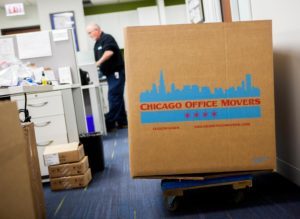 A successful office relocation across state lines requires more than detailed preparation and organization. You need an experienced team of movers behind you. Companies on the move will find top-notch moving services from the commercial, long-distance movers at Chicago Office Movers.
A successful office relocation across state lines requires more than detailed preparation and organization. You need an experienced team of movers behind you. Companies on the move will find top-notch moving services from the commercial, long-distance movers at Chicago Office Movers.
As a highly rated commercial mover, Chicago Office Movers provides comprehensive relocation services for businesses of all sizes. We understand that an efficient move is critical to minimizing downtime. Businesses receive help with all facets of moving, from packing to move management and unpacking.
Companies with fragile equipment are also in good hands when they work with Chicago Office Movers. Our office relocation crews are experienced in machinery moving. We’ve moved office goods of all types, from appliances and server rooms to office furniture. We also assemble and install furniture.
Expect an efficient out-of-state relocation when you work with the experienced crews at Chicago Office Movers. We have earned a reputation for excellence with the Chicagoland businesses we serve. When you are planning an interstate office move, contact us for a free estimate.
Related Services
- Corporate Moving
- Commercial Moving
- Reliable Commercial Storage
- Specialty Commercial Moving
- Furniture Assembly
- Movers for Office Renovation
- Machinery Moving
- Library Moving
- Lab Moving
- Server Room Moving
- Office Movers in Rosemont, IL
- Commercial Moving in Bolingbrook, IL
- Commercial Movers in Naperville, IL
- Commercial Movers in Des Plaines, IL
- Commercial Moving Services in Aurora, IL
- Schaumburg Office Movers
- Commercial Moving Services in Oakbrook, IL
- Commercial Movers in The North Shore
- Elk Grove Village Commercial Movers
- Furniture, Fixtures and Equipment Services
- Moving Company in Lincolnshire, IL
- Professional Movers in Downers Grove, IL
- Moving Company in Chicago, IL

